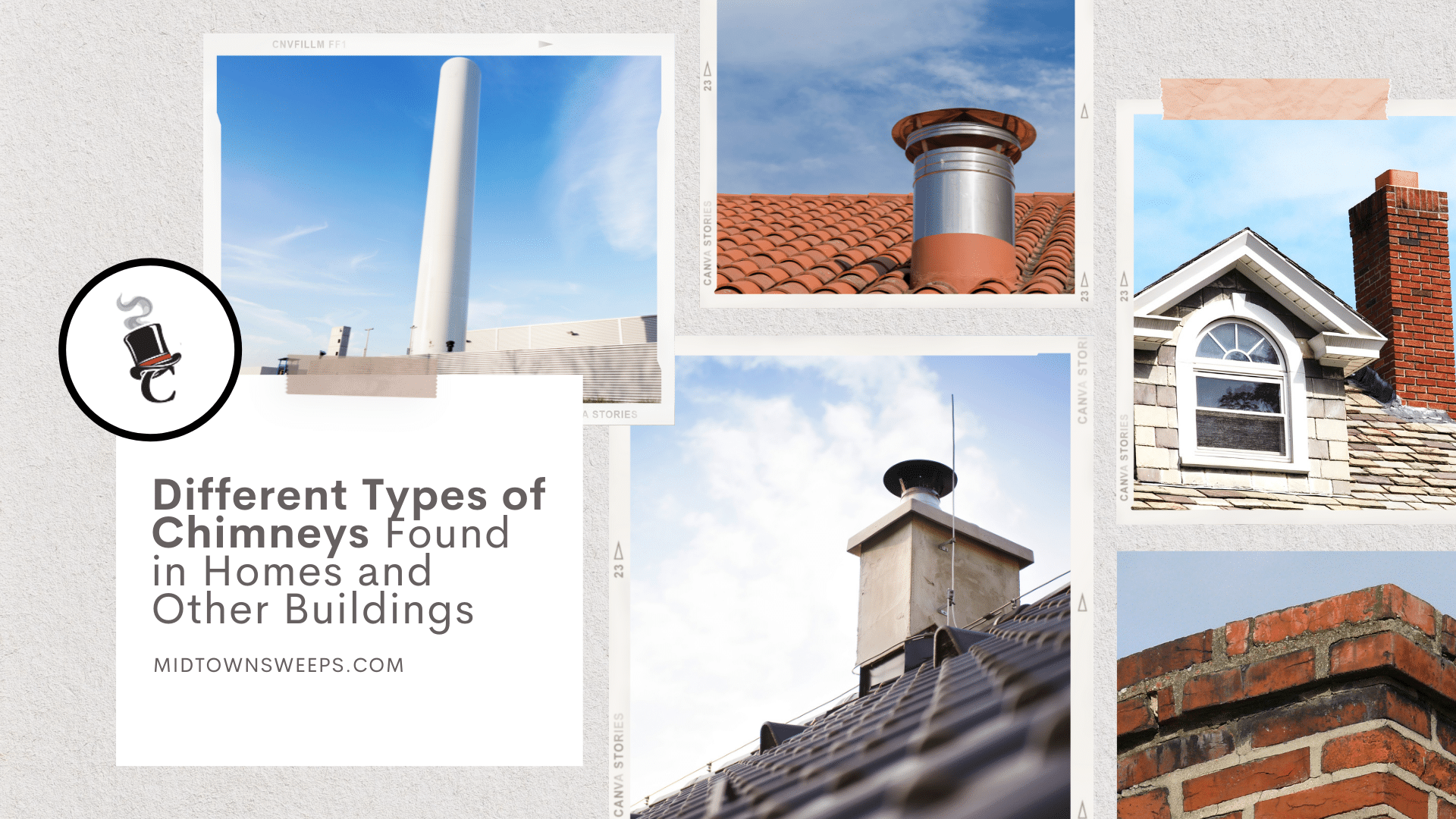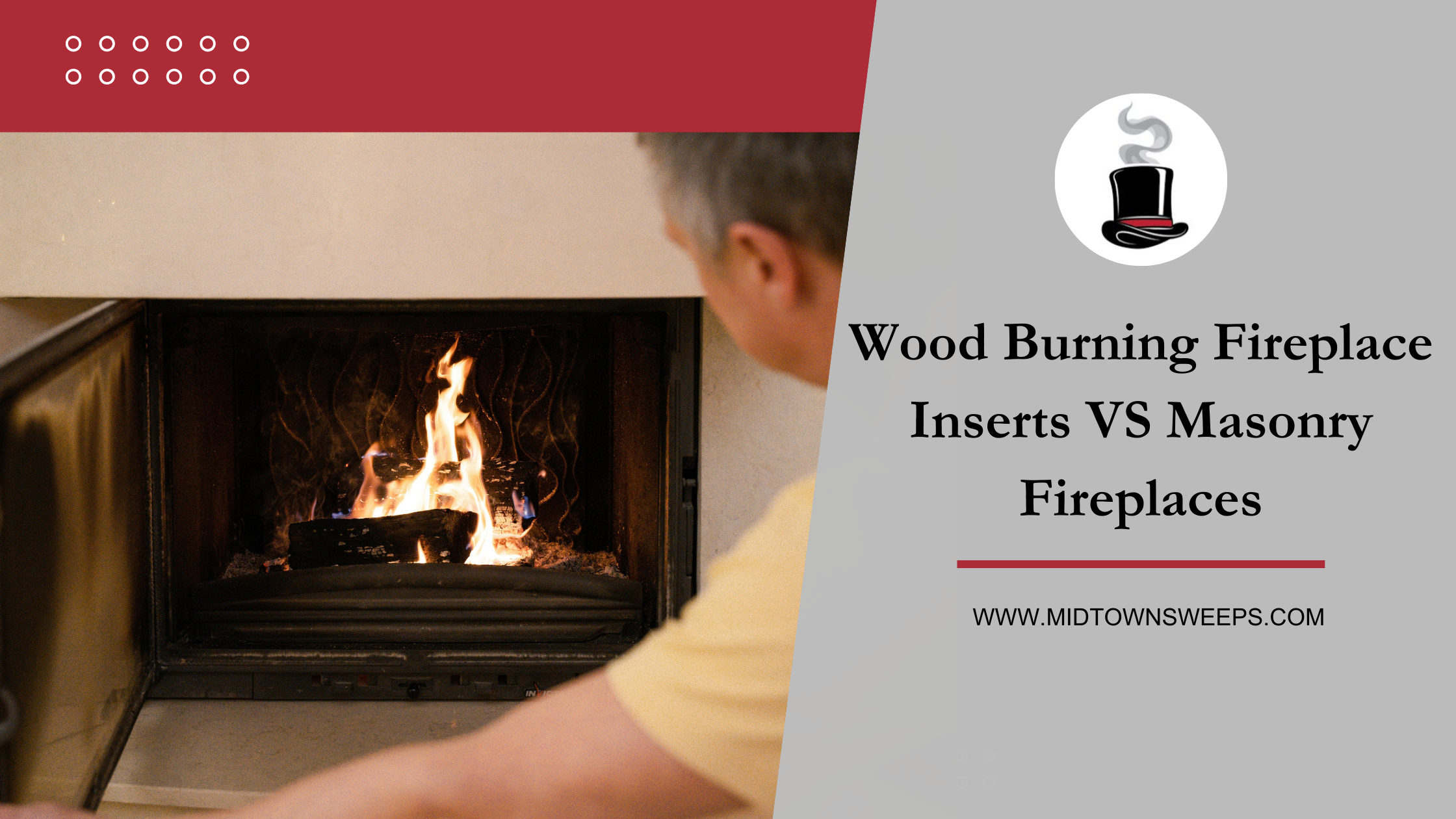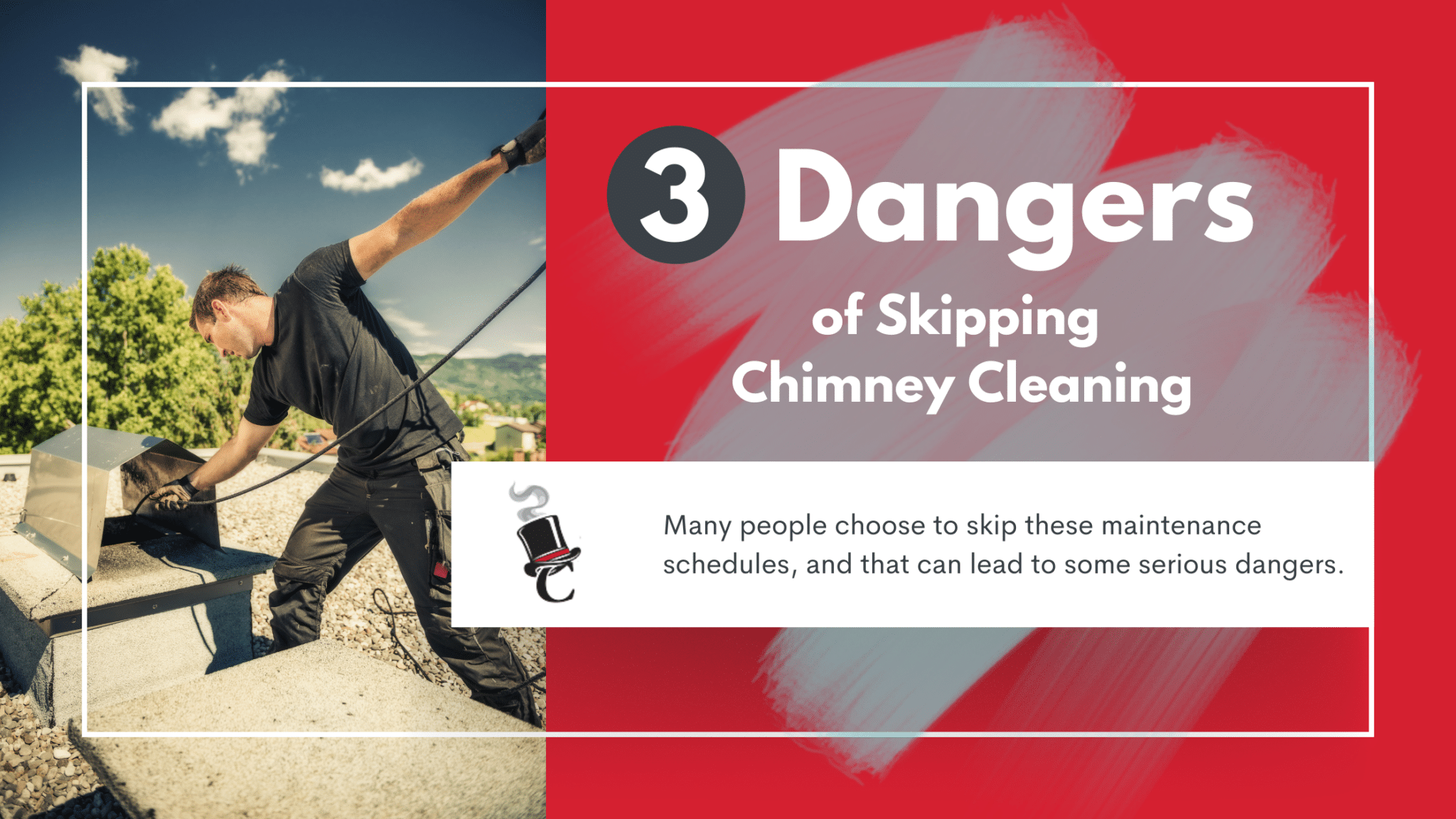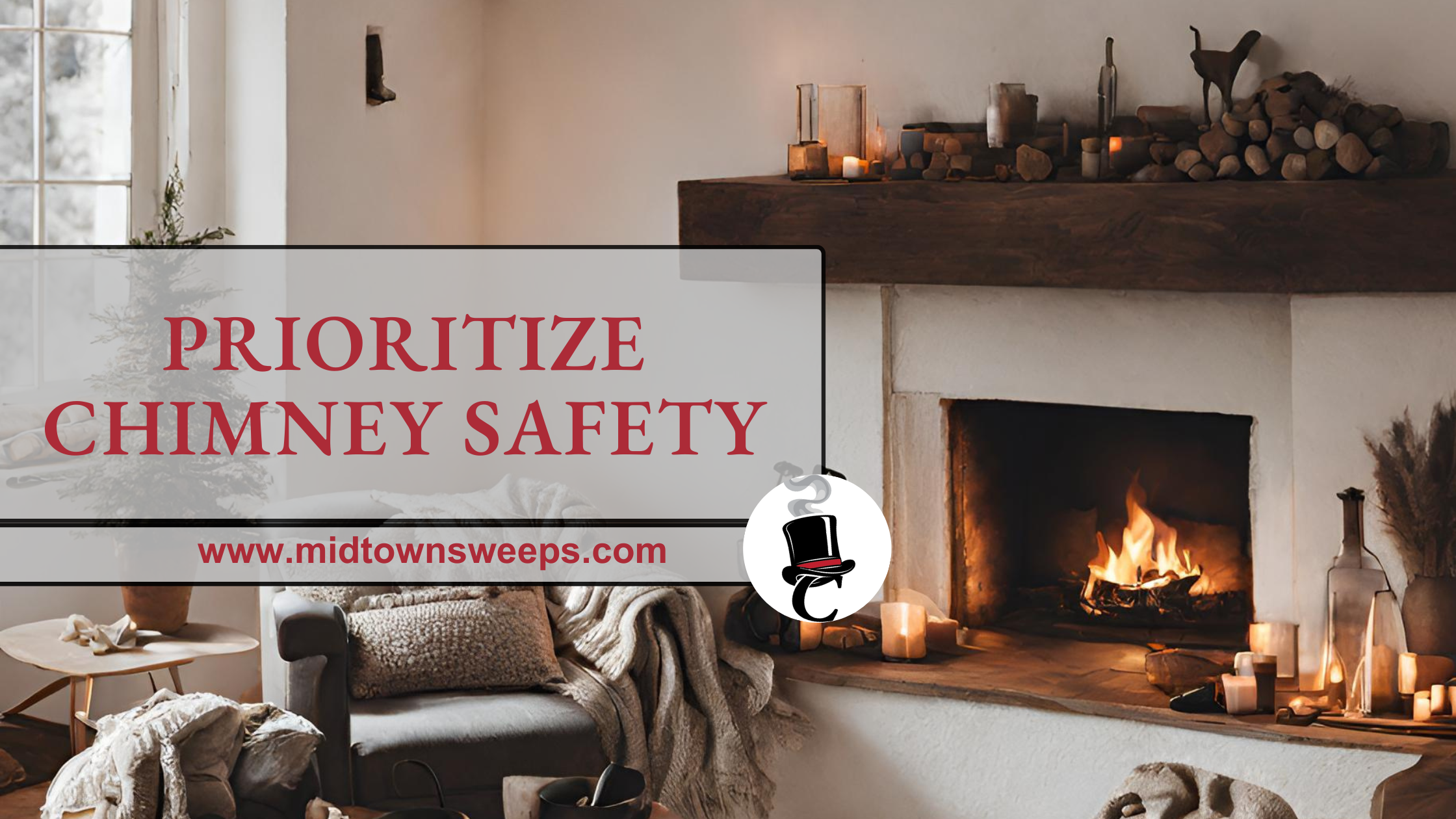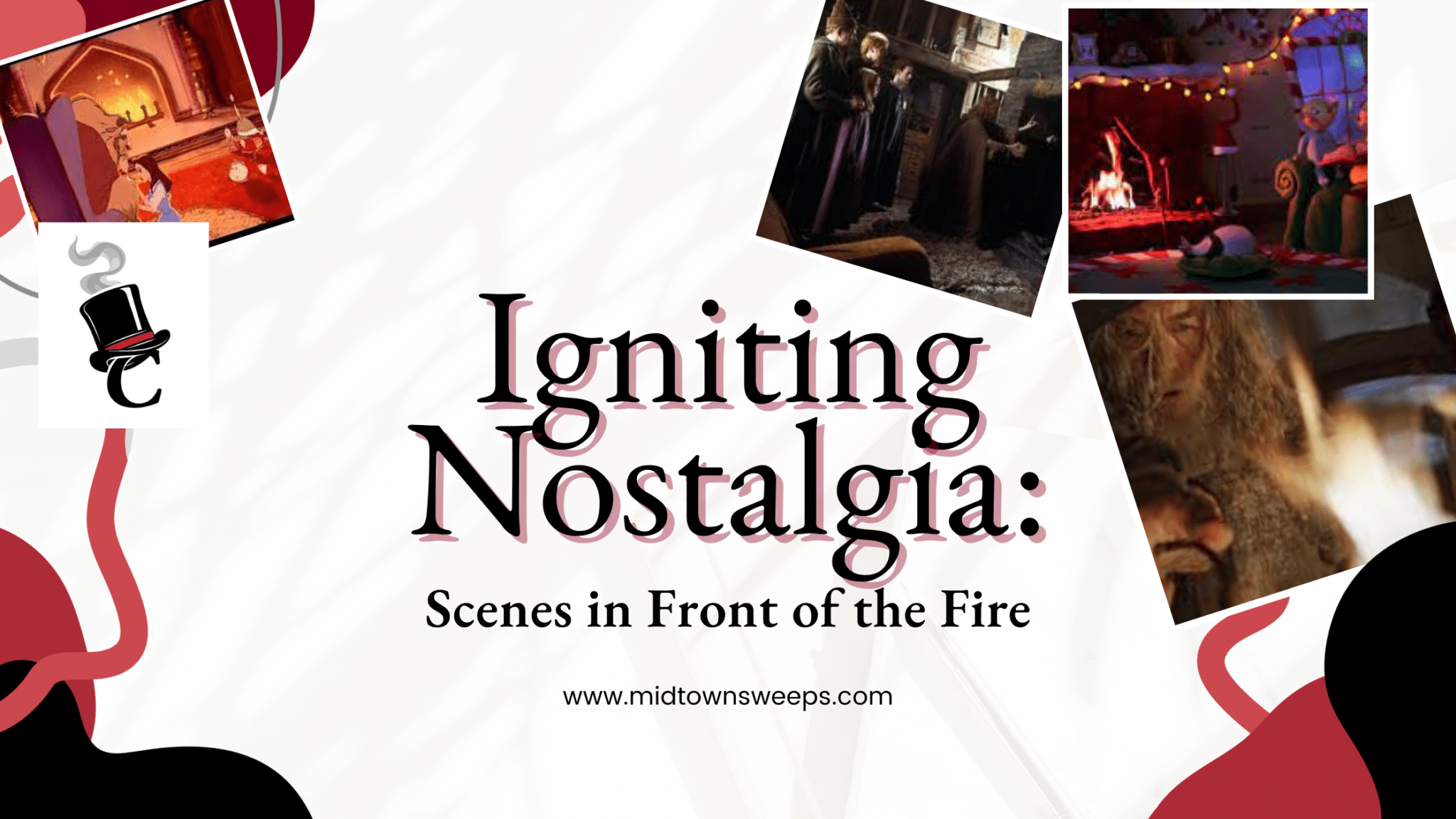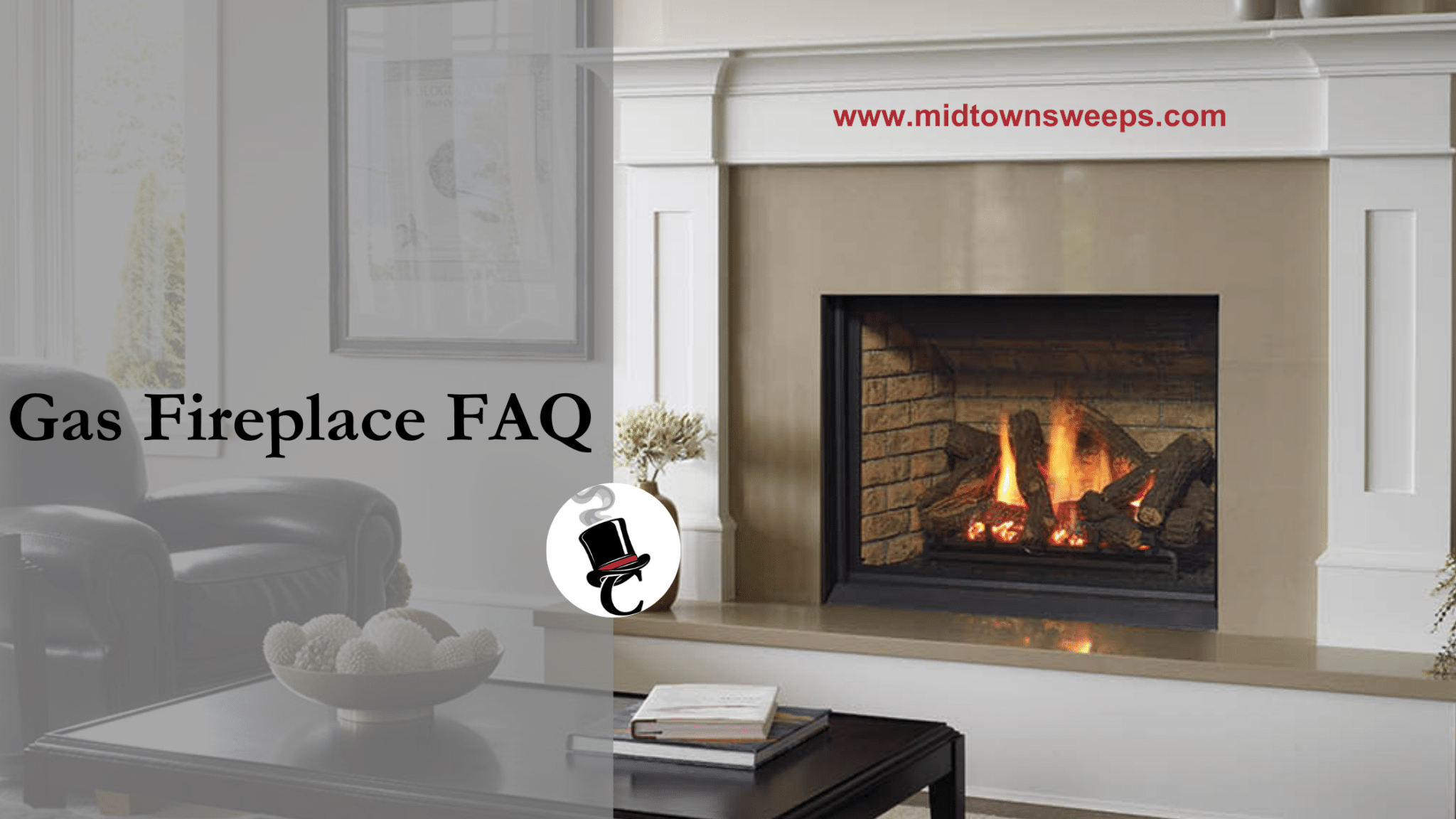Managing a fire inside of a building without burning it down or causing harm to the people inside is one of the marvels of human engineering. Knowing a bit about how chimneys work, the different types of chimneys found in homes, and the differences between their functions is a useful bit of knowledge for both enjoying the wonder of a chimney and keeping one in proper working order inside your home.
The Basic of Chimney Construction
The chimney refers to the structure that rises out of a fireplace or stove to carry smoke and gas out of the building. The firebox is the lower portion of the chimney where the flame is housed and smoke is produced, and its construction will vary depending on the type of fire source it uses. Since the chimney and firebox are typically surrounded by the same materials, they tend to get lumped together even if they are distinct parts of the same system.
The opening of the chimney above the firebox that allows smoke to travel is called the flue. The chimney refers to both the structure around the flue and the flue itself, since any obstructions to the flue also inhibit the function of the chimney. The floor space around the firebox is called a hearth, and it’s there to insulate the firebox from the home. On the roof, most chimneys rise a couple feet above the roof line before being covered by a cap that helps keep debris out of the flue. Beyond that, the elements of a chimney vary depending on its type.
Masonry Chimneys
Masonry chimneys are the most common type found in residences. Their exterior is made from bricks and mortar or a similar type of stony material. They may use a classic red brick or have heat-resistant paint applied to the exterior for a unique look. The masonry is lined on the interior to help contain the heat from the firebox to the cap, while the bricks themselves serve as the insulating barrier between the heat of the chimney and the surrounding building materials. Because masonry chimneys have strict regulations that they must have a solid brick construction that doesn’t bear any weight from the home, they frequently outlive the rest of a house if it’s left in disrepair. They can still suffer from damage over time that makes them unsafe to use, such as cracks in the bricks or obstructions inside the flue.
Metal Chimneys
Instead of a large, hollow tower of masonry, metal chimneys use a smaller tube to carry the smoke away from the house. The pipes are insulated to keep them from transferring heat, but whether they need clearance from nearby combustibles varies from model to model. Because they are smaller and easier to bend around obstacles, they can be placed in locations where a masonry chimney would be hard to install. Wood-burning stove chimneys are usually made from metal since they allow for easy installation and meet the minimum flue diameter needed for the stoves to function. Gas-burning stoves also use metal chimneys, but they have a different rating than the ones used for wood stoves. These typically come as part of a full installation package, but you should still double-check the chimney type before hooking a new stove to it. Like masonry chimneys, they are durable but can suffer damage like dents and rust over time, so they should be regularly inspected. Interested in a chimney service? Check out some residential and commercial options for Colorado chimney repair.
